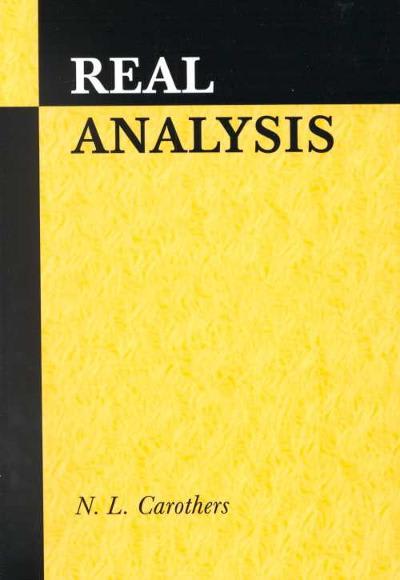Answered step by step
Verified Expert Solution
Question
1 Approved Answer
please explain this by solvings2 = {2.7, 6.2, 5.3, 3.6, 4.8, 5.1, 4.5, 1.6, 0.9, 2,.2} Along with the new sample obtained from the moon

please explain this by solvings2 = {2.7, 6.2, 5.3, 3.6, 4.8, 5.1, 4.5, 1.6, 0.9, 2,.2}

Step by Step Solution
There are 3 Steps involved in it
Step: 1

Get Instant Access to Expert-Tailored Solutions
See step-by-step solutions with expert insights and AI powered tools for academic success
Step: 2

Step: 3

Ace Your Homework with AI
Get the answers you need in no time with our AI-driven, step-by-step assistance
Get Started


